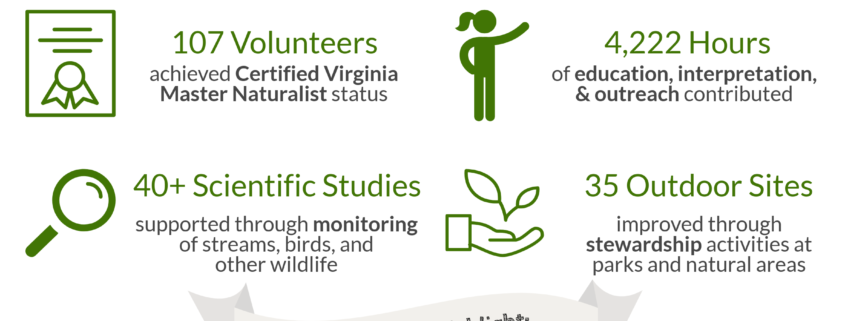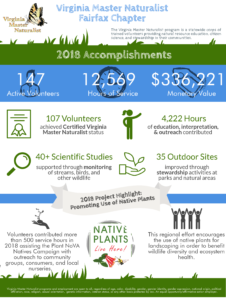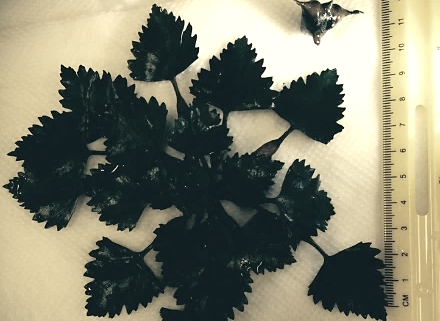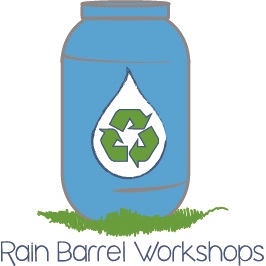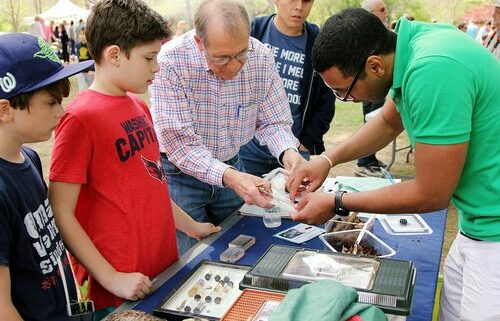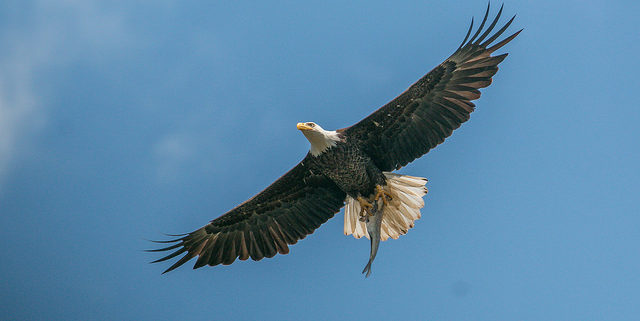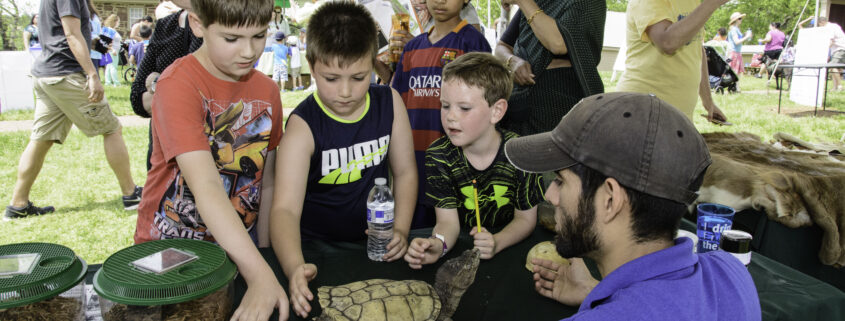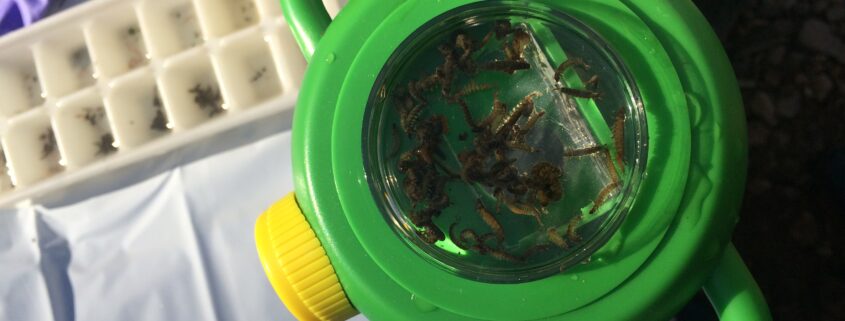Sea Level Rise, Its Impact on the Potomac River Shoreline Ecosystems, May 15th
Norma Hoffman Visitor Center, Huntley Meadows Park
3701 Lockheed Blvd., Alexandria Virginia 22306
Wednesday, 15 May 2019
7:30 pm
FODM will host an informal social gathering at 7:00 p.m. before the event.
Join the Friends of Dyke Marsh to hear Geoffrey Sanders, a National Park Service (NPS) biologist, give a presentation on the impact of sea level rise on Dyke Marsh and other shoreline communities based on modeling of several scenarios. His study concluded that “significant habitat changes are likely at Dyke Marsh as a result of rising water levels,” including changes in vegetation.
From 1900 to 2017, sea levels rose about a foot and a half along the Chesapeake Bay, according to scientists at the Woods Hole Oceanographic Institution. An Old Dominion University study, “Climate Change, Global Warming and Ocean Levels,” assumes a mid-range estimate of a 3.7-foot increase in sea level rise by 2100. Former Governor Tim Kaine’s Commission on Climate Change in 2008 predicted that sea levels in the Chesapeake Bay region will be 2.3 to 5.2 feet higher by 2100.
The program is sponsored by the Friends of Dyke Marsh and cosponsored by the Environmental Council of Alexandria, the Northern Virginia Conservation Trust, the Four Mile Run Conservatory Foundation, and the Potomac Riverkeeper Network.



